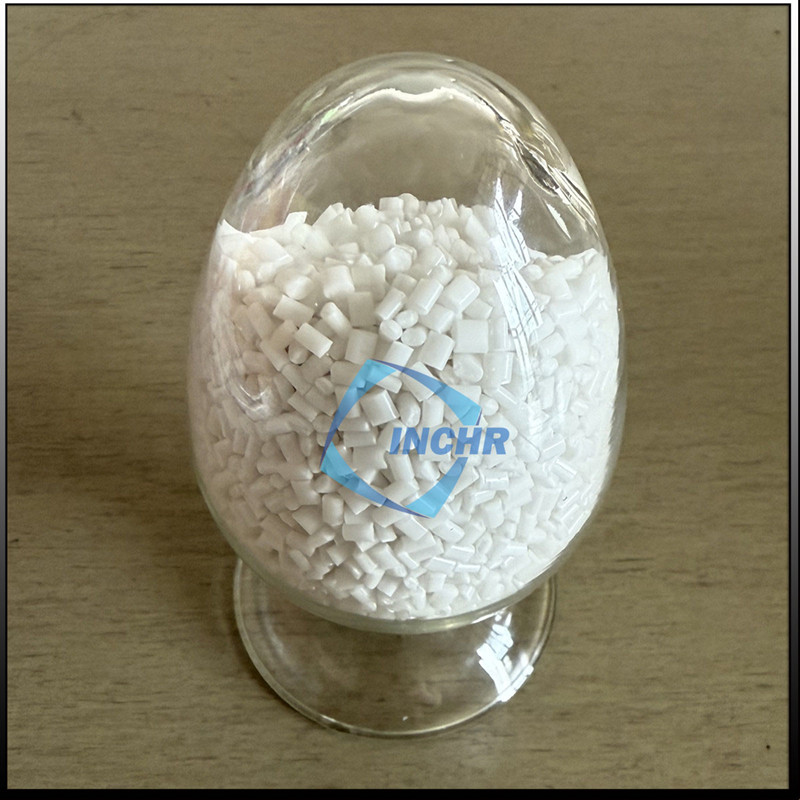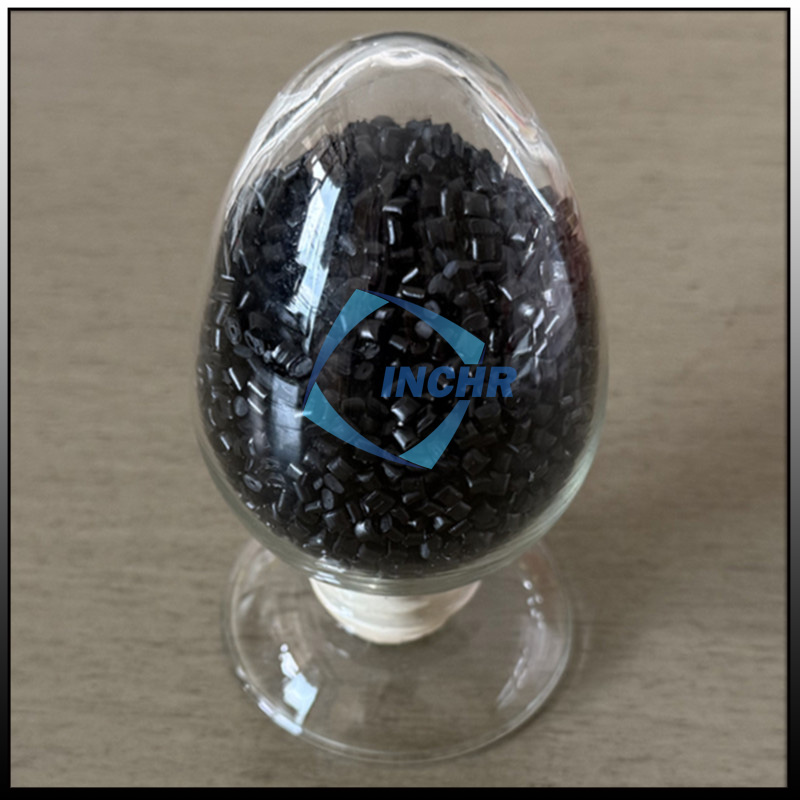In the competitive world of plastic film manufacturing, achieving flawless product quality is non-negotiable. One critical additive that helps manufacturers meet this demand is anti block masterbatch. This specialized compound plays a vital role in preventing film layers from sticking together during production, storage, or transportation. In this article, we’ll explore how anti-block masterbatch works, its benefits, applications, and tips for selecting the right type for your needs.
What Is Anti Block Masterbatch? | Product Catalog
Anti block masterbatch is a concentrated additive blended into polymer resins (like polyethylene or polypropylene) during film extrusion. It contains finely dispersed particles—typically silica, talc, or synthetic minerals—that create micro-protrusions on the film surface. These tiny bumps reduce contact between adjacent layers, preventing adhesion (blocking) while maintaining optical clarity and mechanical properties.

Why Anti Blocking Matters in Film Production
When plastic films (e.g., packaging films, agricultural sheets) are wound into rolls or stacked, heat and pressure can cause layers to fuse. Blocking leads to:
Product defects (tears, uneven surfaces)
Machine downtime for cleaning jammed equipment
Material waste from damaged films
Anti-block masterbatch solves these issues, ensuring smooth unwinding and consistent performance.
Key Benefits of Anti Block Masterbatch
Enhanced Productivity
Reduces downtime caused by film sticking, optimizing manufacturing efficiency.Improved Film Quality
Maintains surface smoothness and clarity, critical for printing or labeling.Cost Savings
Minimizes material waste and extends equipment lifespan.Customizability
Available in organic and inorganic variants to suit different polymer types and film thicknesses.
Applications Across Industries
Anti-block masterbatch is widely used in:
Food Packaging: Prevents cling in snack bags, frozen food wraps, and pouches.
Agricultural Films: Ensures easy separation of greenhouse or silage covers.
Consumer Goods: Used in shrink films, garbage bags, and industrial liners.
Choosing the Right Anti Block Masterbatch
Consider these factors:
Additive Type
Inorganic (e.g., silica): Cost-effective, ideal for thick films.
Organic (e.g., erucamide): Suitable for ultra-thin films requiring high clarity.
Compatibility
Ensure the masterbatch works with your base resin (e.g., LDPE, PP, PVC).Regulatory Compliance
Opt for FDA-approved grades for food-contact applications.Dosage
Typical loading ranges from 1% to 5%—test to balance anti-blocking efficacy with cost.
FAQs About Anti Block Masterbatch
Q: Does anti block masterbatch affect film transparency?
A: Inorganic additives may slightly haze films, while organic options preserve clarity.
Q: Can it be combined with other additives?
A: Yes, it’s often used alongside slip agents for enhanced performance.
Q: How does temperature affect anti-blocking?
A: High processing temps may reduce efficacy—choose heat-stable formulations.
Future Trends: Sustainability & Innovation
As demand for eco-friendly plastics grows, manufacturers are developing bio-based anti-block masterbatches and low-migration formulas to meet stricter regulations.
Conclusion
Anti-block masterbatch is a small ingredient with a big impact on film production efficiency and quality. By understanding its role, benefits, and selection criteria, manufacturers can optimize their processes and deliver superior products.
For tailored solutions, partner with suppliers who offer technical support and product testing to ensure optimal results.




